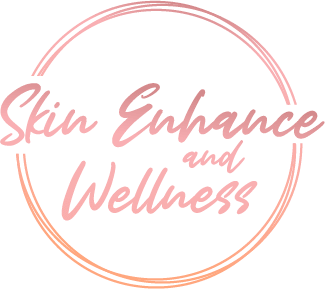Retinol is an all-rounder when it comes to skincare. Of all the anti-ageing ingredients studied, retinol is the most common. It has been shown to reduce acne, brighten your skin, regulate your skin cell turnover, and stimulate collagen production. This in turn results in less visible lines and wrinkles, pores, and dark spots. Who doesn’t want these benefits?
Retinol is a type of retinoid derived from vitamin A. It is a wonderful skincare ingredient to incorporate into your routine if you want healthy, youthful skin.
What happens when you start using retinol?
It is very common to experience a ‘retinoid reaction’ when you first start retinol. You may experience dryness, redness, itching, scaling, stinging, and burning. This is due to the retinol causing a rash on the skin due to disruption of your skin barrier.
How to introduce retinol into your skincare regime?
Gently does it
It doesn’t have to be the first medical skincare ingredient in your routine. In my practice, I usually advise my patients to introduce it after a few weeks of initiating medical skincare. Used in this way, the skin is more prepared.
Start low
When looking at percentages of the active ingredient, start at a lower percentage and build up the strength.
Build up slowly
Start by using it once weekly for a fortnight or even a month. If you do not experience any adverse effects, increase the frequency to twice weekly. Once tolerated you can think about using it every 2 days. Eventually, you may be able to use it every night. However, if you are only able to use it twice a week, you will still get the benefits. If at any point you experience a retinoid reaction, step back down until your skin is ready.
Apply on dry skin
It is important to make sure that the skin is completely dry before applying your retinol as wet skin is thought to increase the absortion.
Add a moisturiser
You can mix the it with a moisturiser to ‘dilute’ it, so the effects are not as potent. Alternatively, you can apply a moisturiser after your retinol. If this still irritates your skin, apply your moisturiser before the retinol and after the retinol – so-called ‘the sandwich technique’.
Use at night
Retinol is inactivated by sunlight so is best used at night.
Use your sunscreen daily
Retinol sensitises your skin to UV radiation so you must wear your sunscreen daily.

As retinol is having an effect at a cellular level, it can take months for you to see the benefits. Follow the advice above, stick to the routine, and don’t give up.
Here are my details if you want to organise a bespoke consultation in Billericay, Essex. I recommend medical skincare as they contain more of the active ingredient in a slow-release formula for optimum action.
Contact details:
Dr Tash Kanagasabai
📱07825 999 144 or
☎️ 01277 549 006
💌 drtash@skinenhanceclinic.com
Website: Book an appointment


Recent Comments